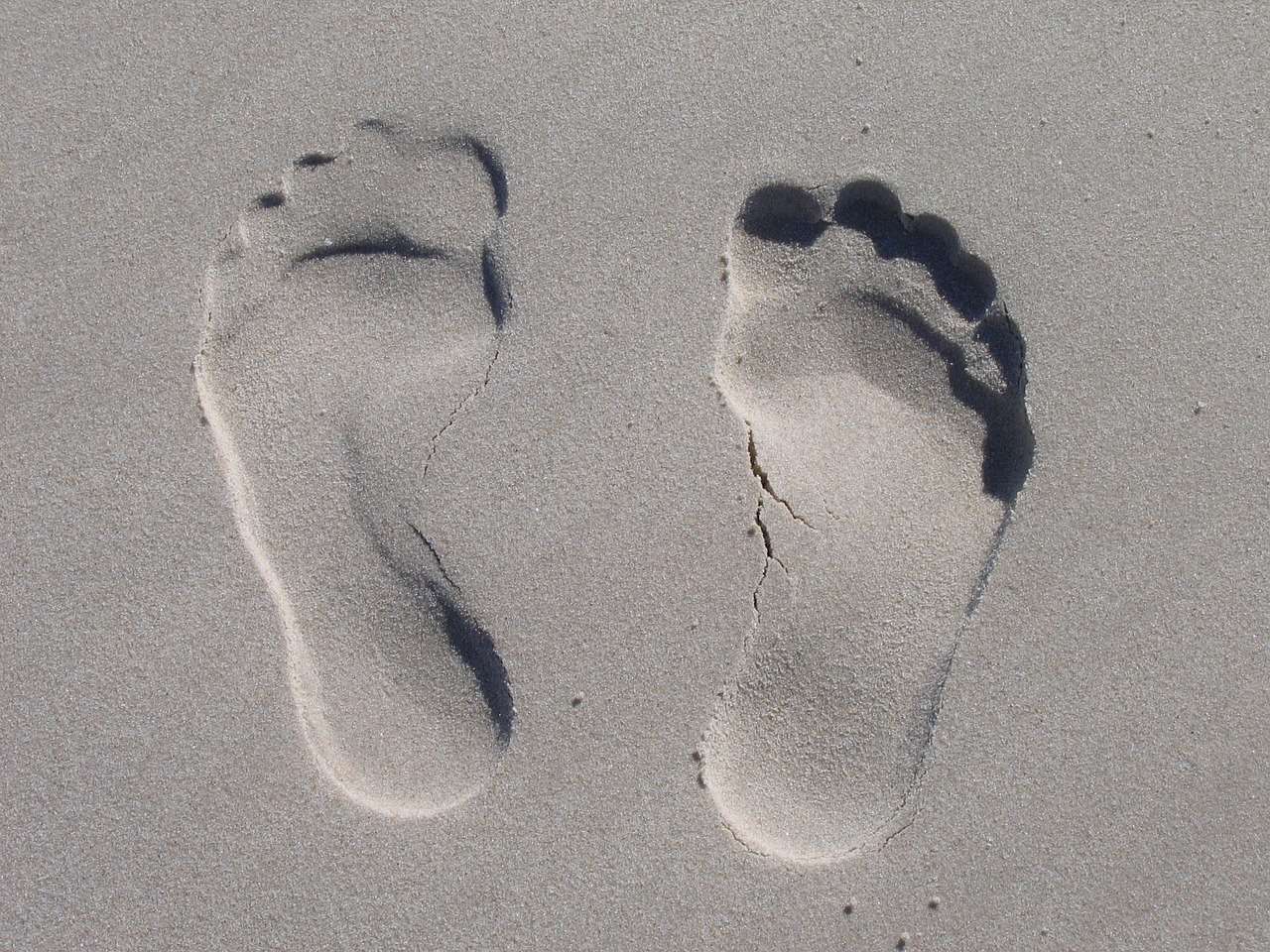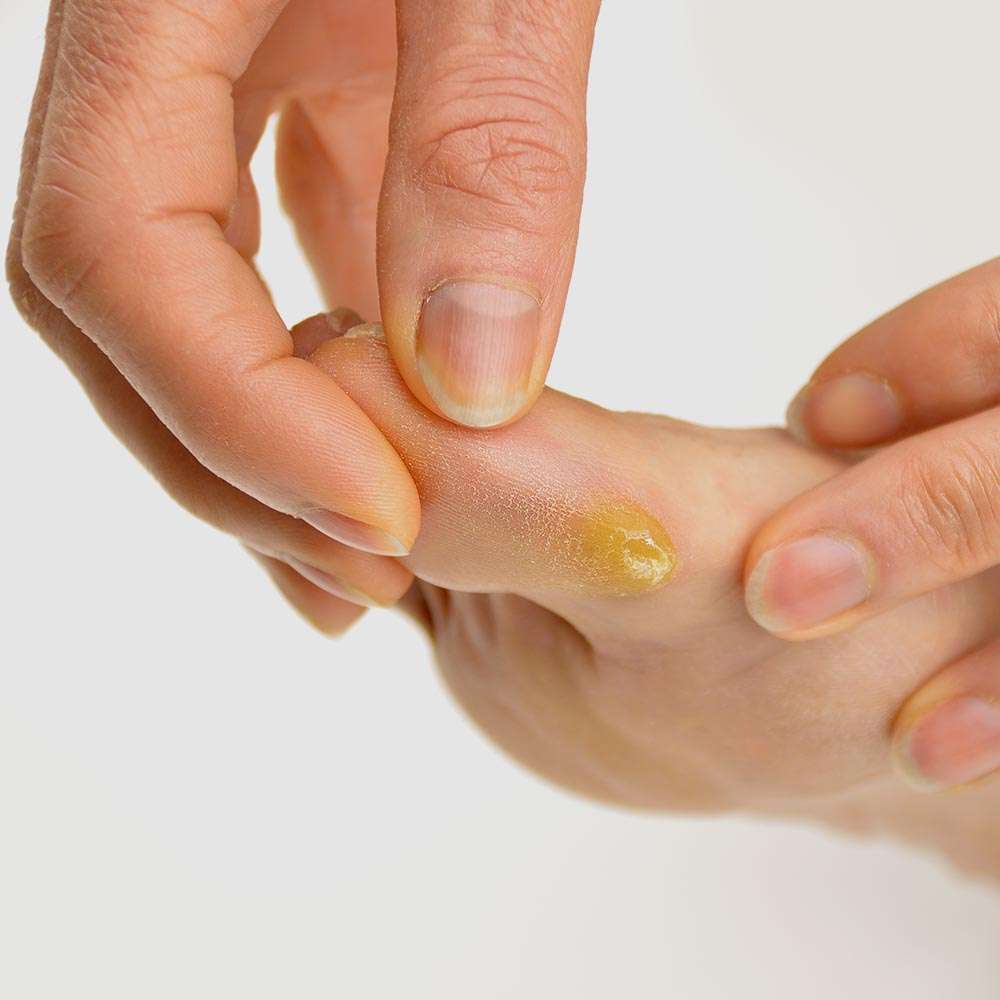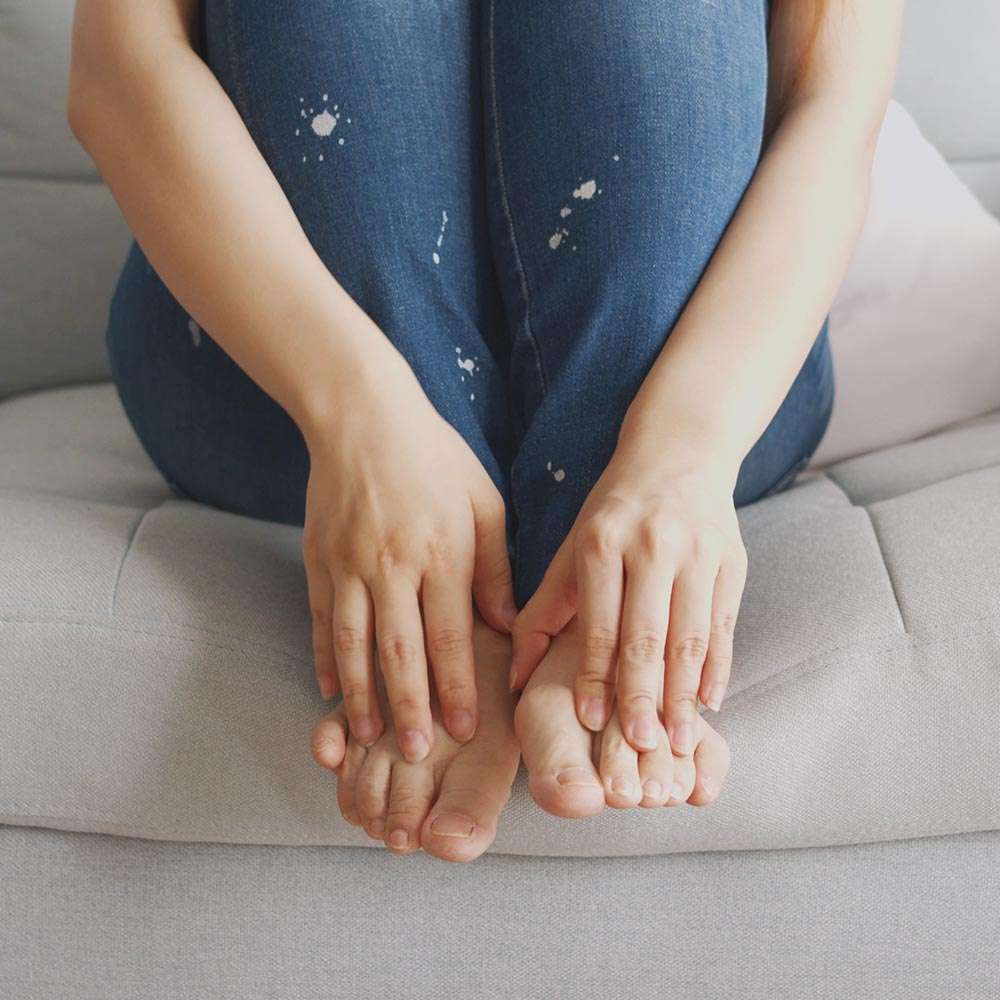Treat Corns & Calluses with Compeed®
Treat Corns & calluses properly for quick healing. Cover with a specialist plaster to keep it clean and protected to help speed up recovery.
How to treat Corns & Calluses with Compeed® in 3 easy steps
Preparation
Clean and dry skin before use, ensuring targeted area is free of creams and oils.
Application
Apply plaster firmly over the Corn or Callus ensuring the edges are well smoothed down.
Leave in place
Leave in place until it starts to detach. May stay in place for up to 10 days.
Learn how to Treat Corn & Calluses with Compeed®

Have you got a hard patch of skin on your foot or toe? These are generally known as calluses or corns, with people often using the word interchangeably. However, while corns and calluses are similar, they are not the same. Understanding the difference between corns and calluses can help you prevent them from developing and aid in treating and recovering from these irritating skin complaints.

Calluses aren’t usually serious, but they can become uncomfortable or painful if the thick skin presses on the tissue underneath. It’s best to treat them early before they get worse.

Corns are hardened bumps or rough patches of skin on your feet, that are sensitive to touch or cause pain. Corns are one of the most common foot ailments [1]. They are the result of increased production of keratin as your body’s protective response to prolonged or repeated friction or pressure. That’s why corns usually appear on typical pressure spots and why certain people are more prone to developing them than others.
FAQ
Got questions? We’ve got you covered!
Corns are areas of thickened skin on the foot, which often present as hard lumps.
Corns are caused by rubbing and pressure on bony surfaces, and usually result from poorly fitting shoes. The skin on the foot thickens as a protective response to pressure and friction.
Calluses are patches of hardened yellow skin, most often found on the heel or the ball of the foot or on the palm of the hand. Calluses are generally larger than corns and less well defined.
Repeated rubbing, pressure and weight cause calluses, as is the case when wearing high heels which shifts the full body weight onto the ball of the foot.
Compeed® corn plasters are not indicated for use on verrucas as they have not been tested in this indication. We therefore cannot recommend that they are used in this way.
